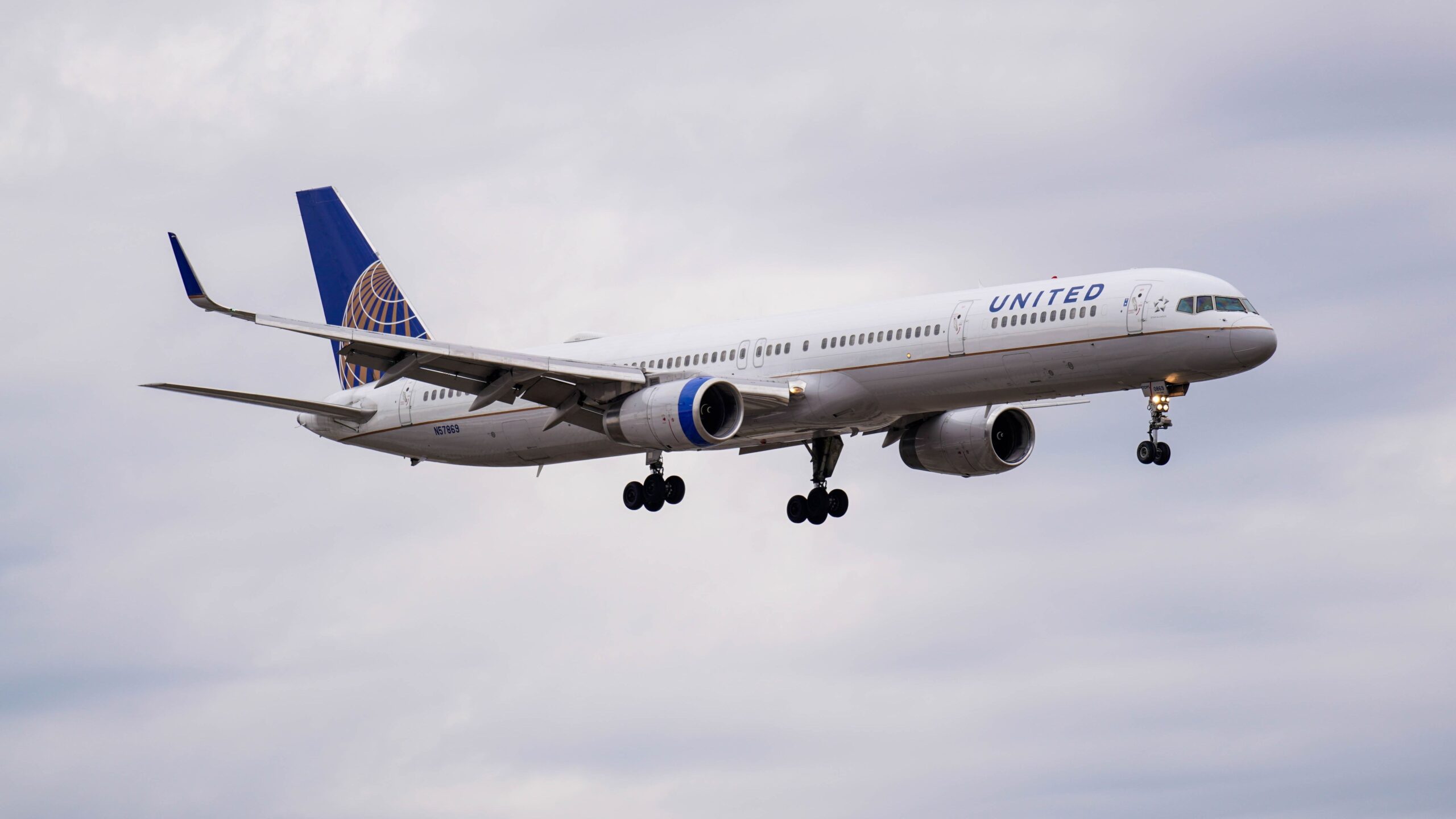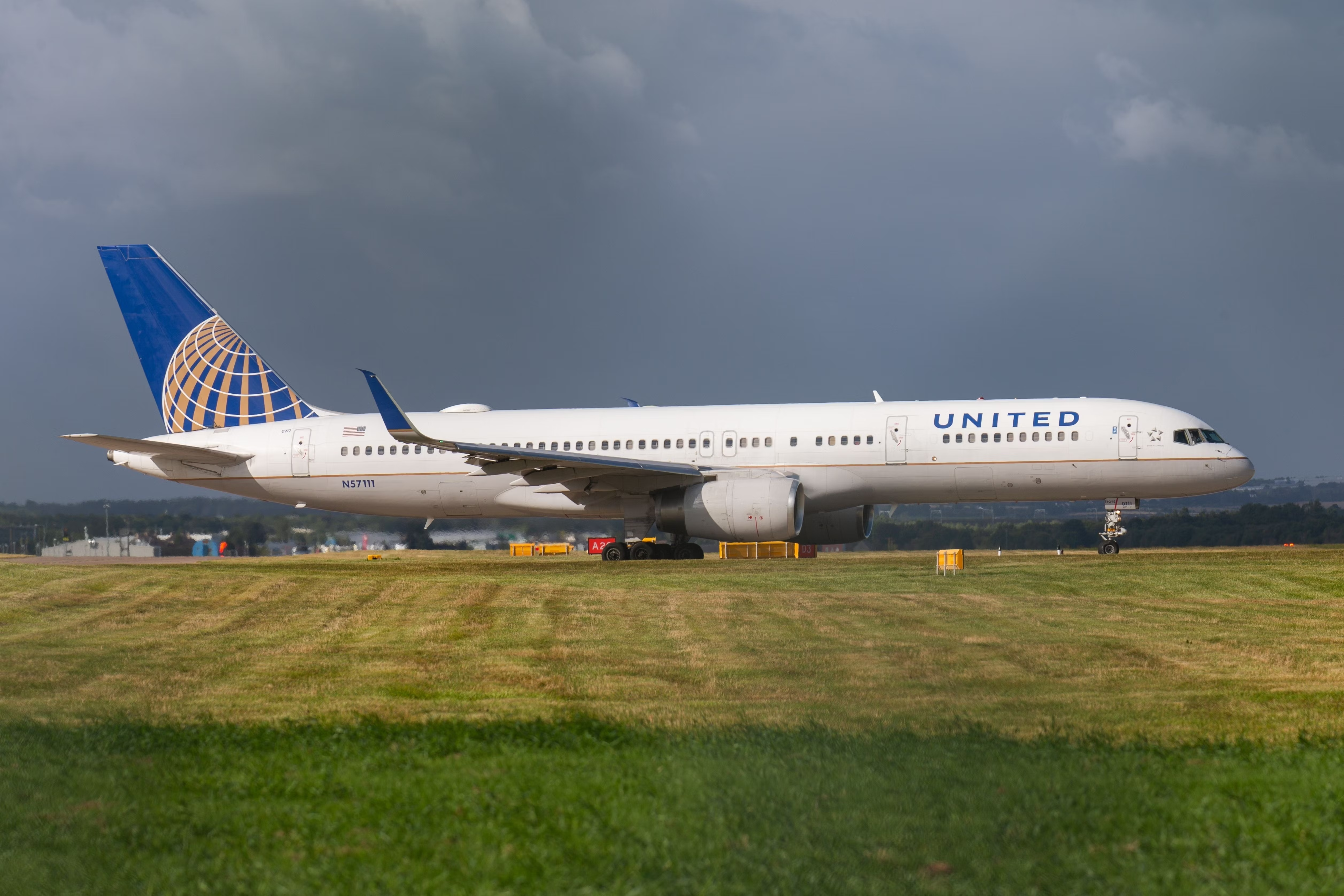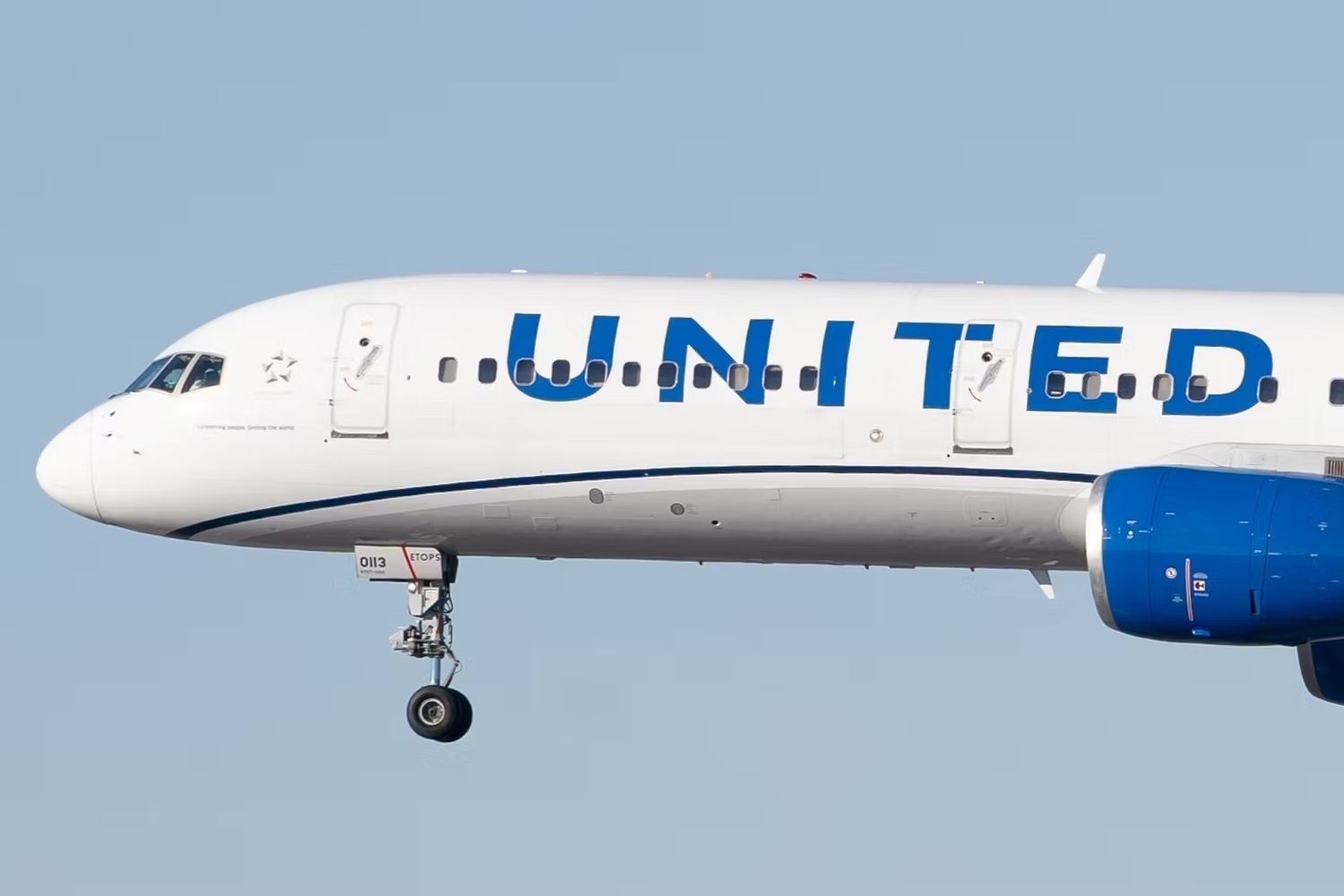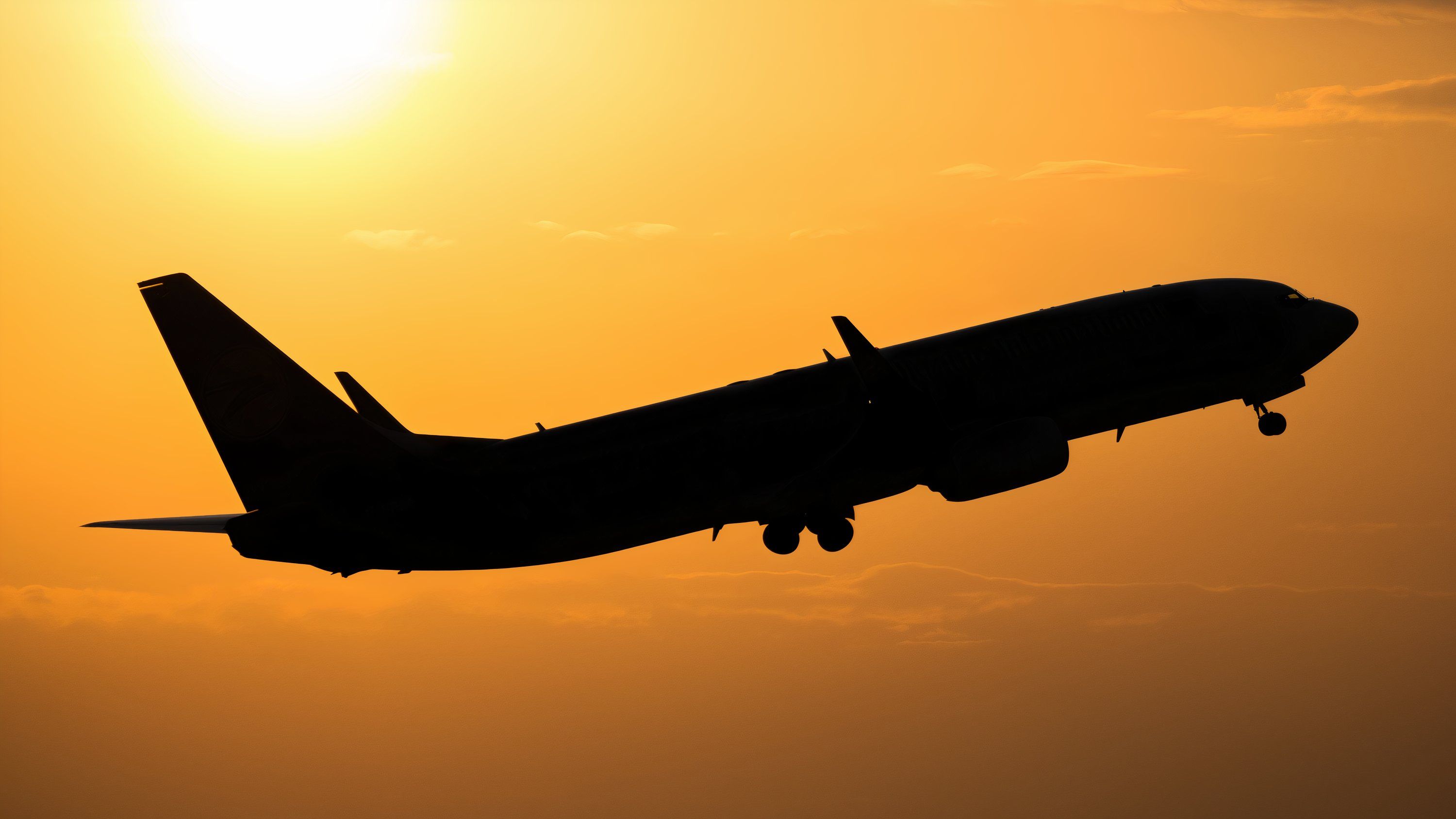A recent transcontinental United Airlines flight experienced a mid-air scare when its pilots had to respond to a sudden TCAS warning. The system alerts pilots of a possible risk of a mid-air collision with another aircraft in the vicinity and requires prompt action. The unforeseen maneuver injured two passengers onboard.
TCAS alarm goes off on a United flight
On September 19, a ![]() United Airlines
United Airlines
flight from Newark Liberty International Airport (EWR) to San Francisco International Airport (SFO) faced a mid-air incident. The plane was en route to its destination when the TCAS alarm went off in the cockpit.
Photo: Wirestck Creators | Shtterstock
Short for Traffic Collision Avoidance System, TCAS requires quick action from pilots, which is apparently what happened during the United flight. According to the airline, the aircraft “slowed to account for another aircraft at a lower altitude.”
However, the sudden maneuver left two passengers injured, with some reports saying that one of the passengers sustained serious injuries. Simple Flying contacted United Airlines for a statement, with the airline’s representative saying,
“United flight 2428 was descending to SFO on Sept. 19 with the seatbelt sign on when it slowed its descent to account for another aircraft at a lower altitude. Two customers, including one who was out of their seat at the time, reported possible injuries and were transported to a hospital. We’re grateful to our crew for their efforts to ensure the safety of our employees and customers.”
About the flight and aircraft
United flight 2428 is a daily scheduled service between Newark and San Francisco. The scheduled departure time is 10:00 and arrival is 13:30. The flight usually takes over five and a half hours to complete.
Photo: GingChen | Shutterstock
United deployed its Boeing 757-200
aircraft on the route, and on Thursday, the aircraft operating the flight was registered N12125. It is an almost 27-year-old aircraft that has accumulated more than 93,000 hours across 22,720 flight cycles as of June 30, 2024, per ch-aviation. It was delivered to Continental Airlines in 1998 and was introduced to United’s fleet after the two carriers merged.
Understanding TCAS
CNN cites data from Flightradar24 to confirm that the United 757 was at 31,000 feet near Lake Berryessa, about 70 miles north of San Francisco when the incident took place. At the time, a Southwest Airlines aircraft was 3,000 feet below the United flight and a SkyWest flight was 1,000 feet below. But the FAA said, “there was no loss of safe separation.”
TCAS is installed in almost all modern commercial planes and works to minimize the risk of mid-air collisions between aircraft. It uses nearby aircraft’s transponder signals and constructs a three-dimensional map of the airspace through which the aircraft is traveling. If it senses that a mid-air collision is likely, it alerts the pilot to pull up or descend according to the situation.
Photo: M101Studio | Shutterstock
For the collision avoidance system to work, an aircraft needs to have the TCAS installed, a working transponder, and a proper aural and visual display system that shows the pilots cautions and warnings together with evasive maneuvers. Simple Flying has discussed this in detail in the article below.




